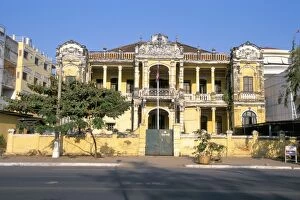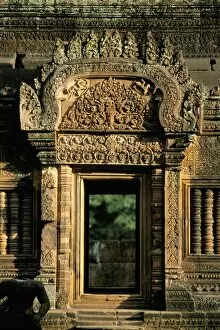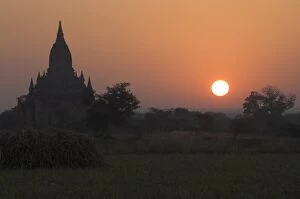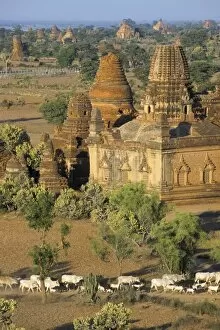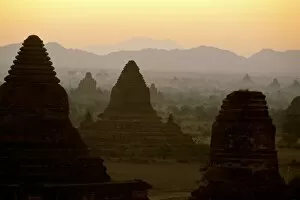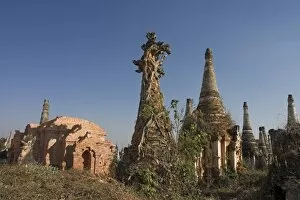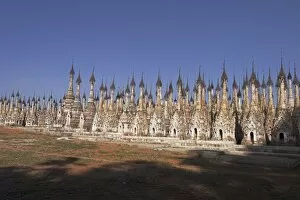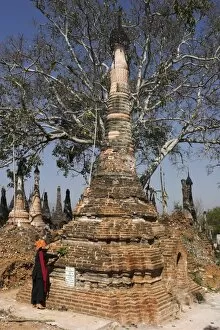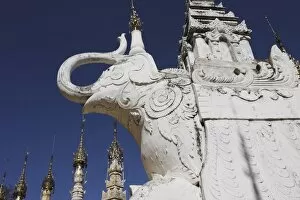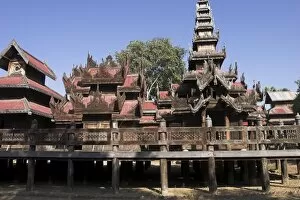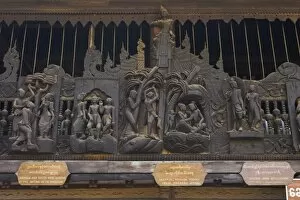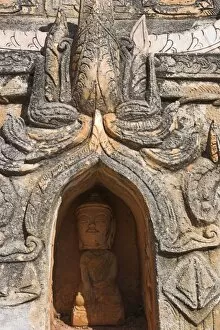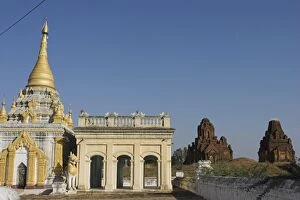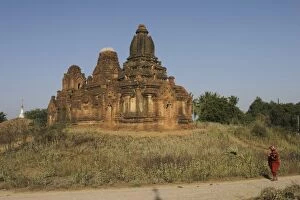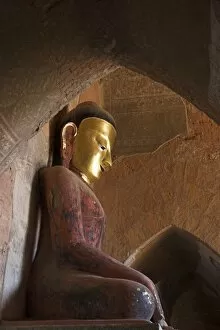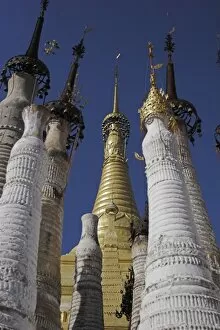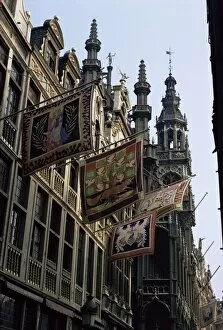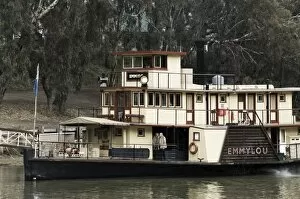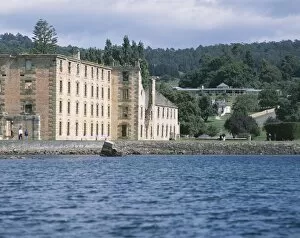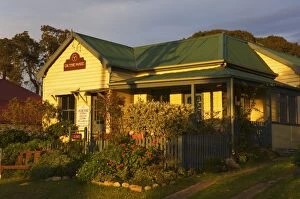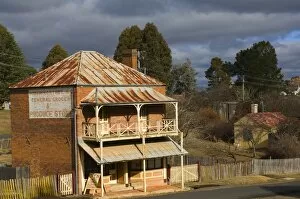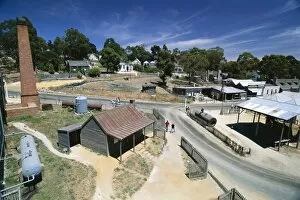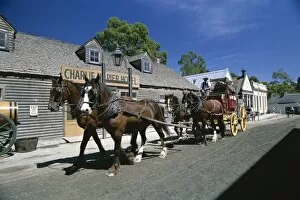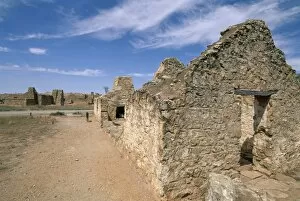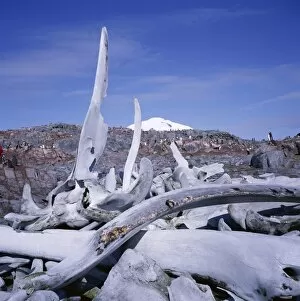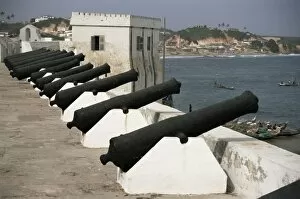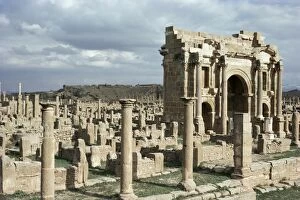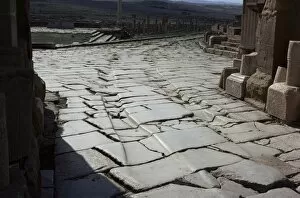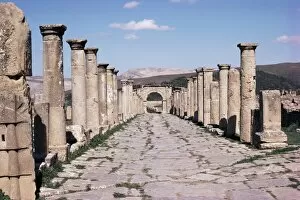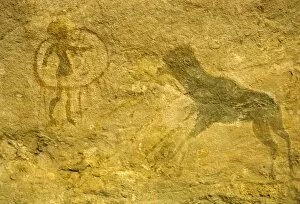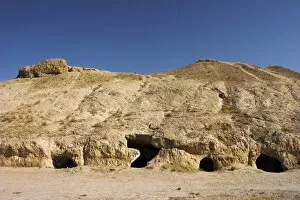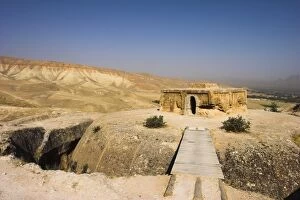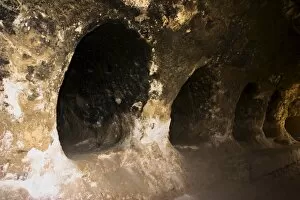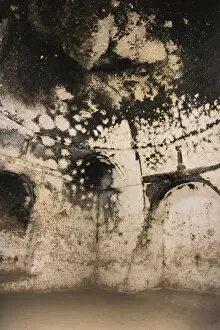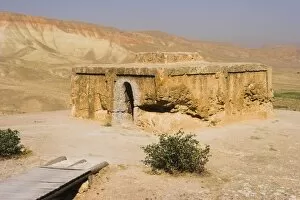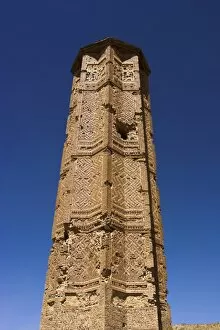Preceding Collection (#30)
"Journey through Time: Tracing the Preceding Footsteps Across Continents" Ploughing with shire horses in Derbyshire, England
For sale as Licensed Images
Choose your image, Select your licence and Download the media
"Journey through Time: Tracing the Preceding Footsteps Across Continents" Ploughing with shire horses in Derbyshire, England, takes us back to a time when farming relied on traditional methods and the strength of these majestic creatures. The Vasa Museum in Stockholm, Sweden, offers a glimpse into the preceding era of naval warfare as we marvel at the grandeur and tragic fate of the 17th century warship, Vasa. Unveiling ancient mysteries, the Gold mask of Tutankhamun at the Egyptian Museum in Cairo transports us to North Africa's rich history and showcases an exquisite artifact from preceding civilizations. Standing tall as a testament to industrial innovation, Ironbridge in Shropshire presents us with the first iron bridge ever built—a pioneering engineering marvel that heralded a new era. Stepping into Ye Olde Trip to Jerusalem in Nottinghamshire immerses us in centuries-old traditions as we savor drinks within England's oldest inn—preceding generations have gathered here for centuries. With King Harold's foot soldiers depicted on Bayeux Tapestry, we are transported back to Normandy where their spears and battle axes tell tales of bravery and conflict from times long past. Gazing upon Ludlow Castle from Whitecliff allows our imagination to wander through medieval times while admiring this magnificent fortress that has stood strong for centuries. Ascending into history itself, exploring Anne Frank House attic brings forth emotions as we connect with her story during World War II—an enduring reminder of humanity's darkest moments preceding hope and resilience. Witnessing King Harold's demise depicted on Bayeux Tapestry reminds us how events shaped nations—this poignant scene unfolds amidst picturesque Normandy landscapes etching its place in European history forevermore.

